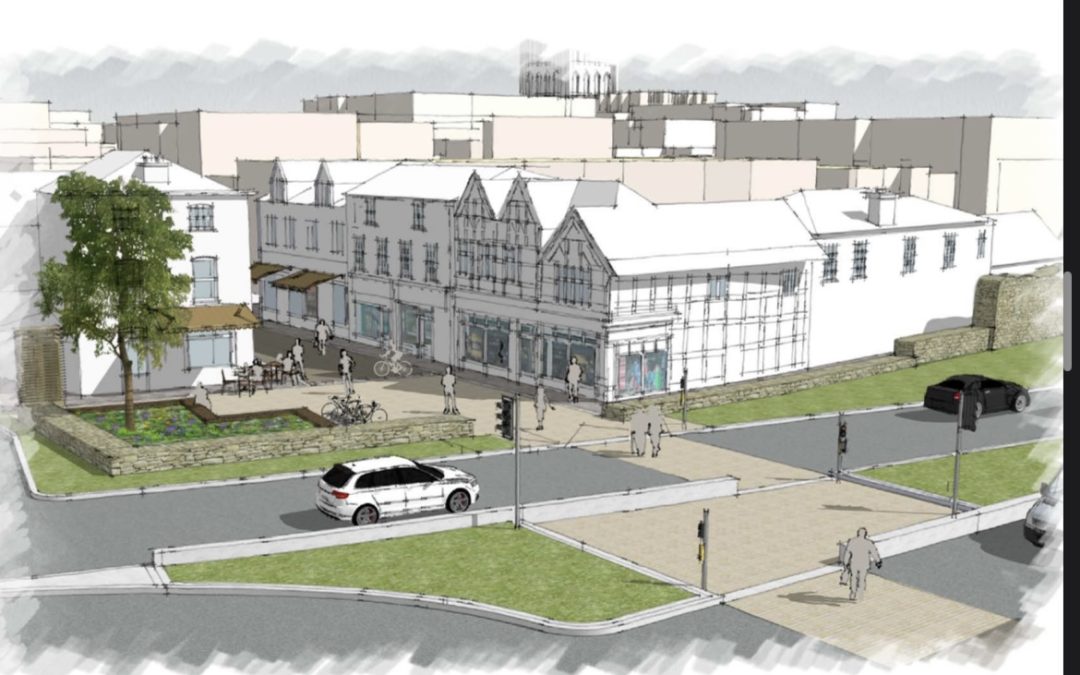Motor vehicles could soon be restricted from accessing parts of Hereford, as part of plans for people-friendly street that were recently revealed in the draft Hereford Masterplan.
The Council’s emerging local cycling and walking infrastructure plan is a detailed 10-year plan which sets out how to improve cycling, walking and
wheeling in Hereford. It will provide the foundation for further long-term progress leading up to 2050.
The Council will support residents and business owners as it plans and delivers a transport network which prioritises walking and cycling. This will provide more choice in how people travel on short trips within the city. These proposals will increase the space available on the streets for people to choose to walk, wheel or cycle on short trips.
As well as cycling and walking, the infrastructure plan will include policies which change how the Council talks to local people about their streets, and how projects are delivered on the ground. Delivering transformational infrastructure will require trials and pilots to be implemented before major decisions are taken to make changes permanent.
This will allow action to be taken quickly and experimenting to get things right – as trials allow local people to see and feel the benefits of changes to their neighbourhoods and weigh them more fairly against any perceived impacts.
The Council will work with communities who are local experts in how Hereford’s streets work to help identify for example where there should be additional seating for rest and relaxation, where new places are needed to cross the road, and new spaces to play and spend time in.
To help everyone the Council will work with partners to reduce motor traffic speeds and ensure there is sufficient time for pedestrians to cross the road at signalised junctions.
Transforming Hereford’s local transport to support people-friendly streets will be underpinned by a range of modest policies and projects to manage traffic demand.
These will include:
● Proactive management of car parking through
cost and availability, including reducing the
availability of on-street and off-street car
parking, and restructuring car parking fees.
● Widespread adoption of residents’ parking
areas and controlled parking zones.
● Year-on-year removal of on-street car parking spaces.
● Area-wide 20mph limits.
● Motor vehicle restricted areas.
● Considering workplace parking levies.




